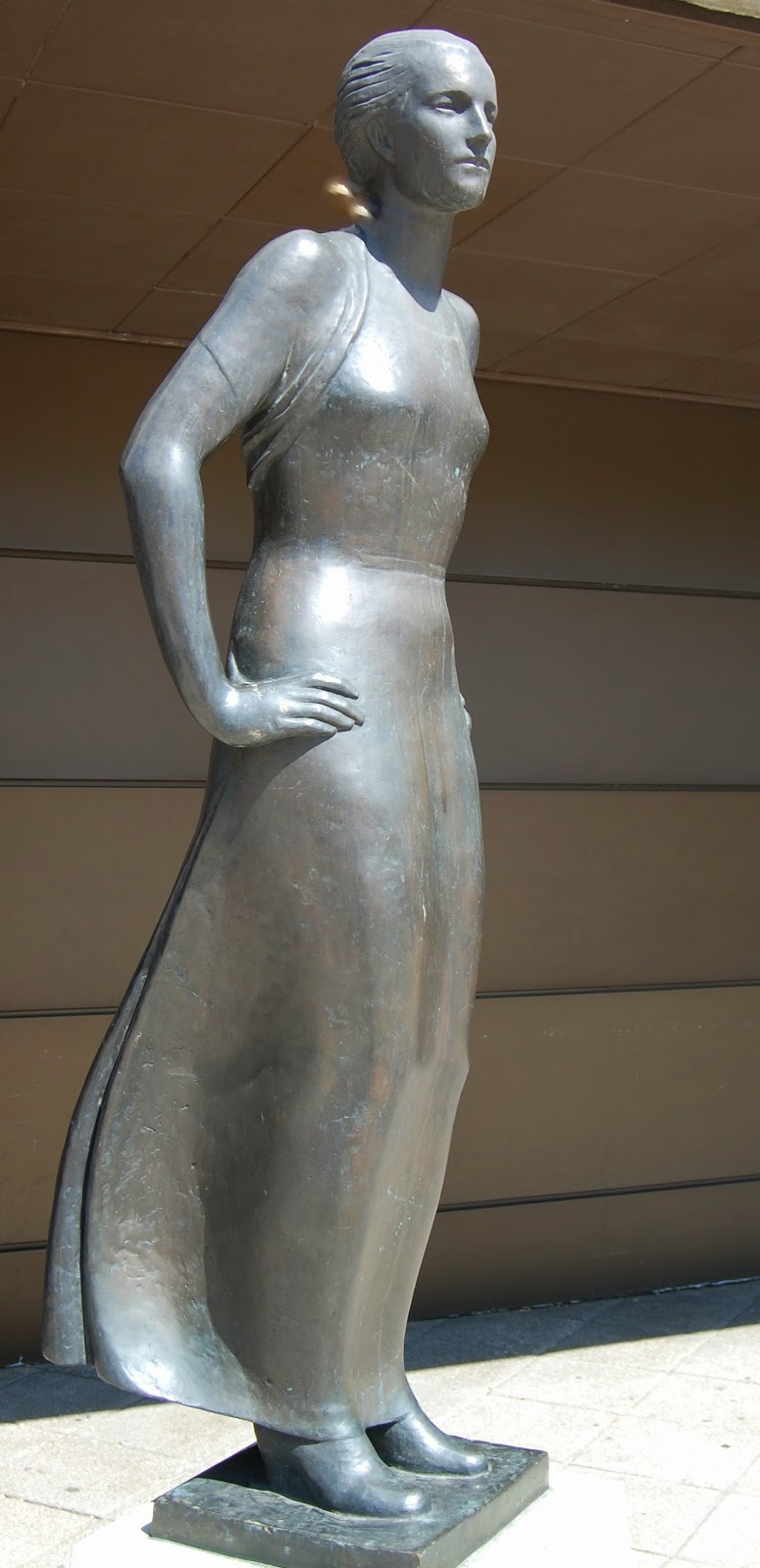The Silent Woman. The weight of every word.
‘I love the child; but she is afraid of me.’ So begins one
of Walter Wangerin’s dramatic monologues (in Ragman and Other Cries of Faith, Zondervan, revised edition 2003).
It speaks of God thinking through how he might approach the young Mary. She is
his chosen but he worries that fear of him might turn that blessing into a
curse. He resolves that only through the bearing of a baby can her personality
and will be truly honoured. Only in the tenderness and care that is her gift
and intention can God be born.
I thought of that story often as I read Marilynne Robinson’s
Lila. For much of the novel Lila is
pregnant. What this new life to be means for her and her aged preacher husband,
John Ames, is a recurrent theme. Like Mary in the Wangerin story, fear haunts
Lila. There is about her a profound aloneness that colours every part of her experience.
The child is for her the only possible way out of that isolation. Although her
marriage is clearly a deeply loving relationship, somehow she and her husband
fail again and again to meaningfully connect thoughts and words.
Perhaps their struggle to express themselves to each other
finds its origin in their very different understanding of language. Lila thinks
hard and long on life but does not have the words to articulate her thoughts. Indeed,
for her not speaking is a kind of liberation. Not knowing the right word is her
repeated experience. The old man (as she often refers to him) is the opposite. A
preacher with long years of practice he is well versed in the art, and the
precision of words. A lifetime of study, conversation and prayer has made him,
body as much as mind and soul, as he is: ‘His preaching was a sort of pattern
of his mind, like the lines of his face.’
Lila has the life experience but cannot articulate it. The
Reverend is all articulation and worries that he has underplayed life’s profundities.
Again and again, as the story unfolds in a realm apparently unrelated to any
particular historical epoch, the questions of meaning, trust and
trustworthiness are played out. Eternal verities laid bare in the story of one impoverished,
and often silent, woman.
Lila – a novel and a theology.



.jpg)



